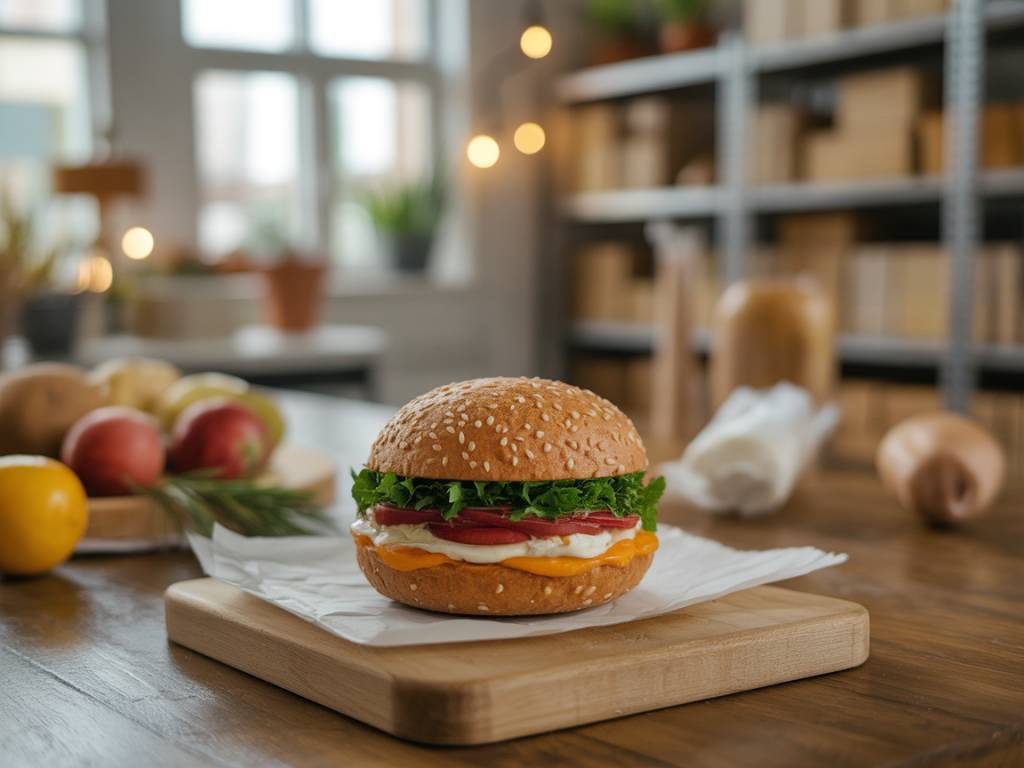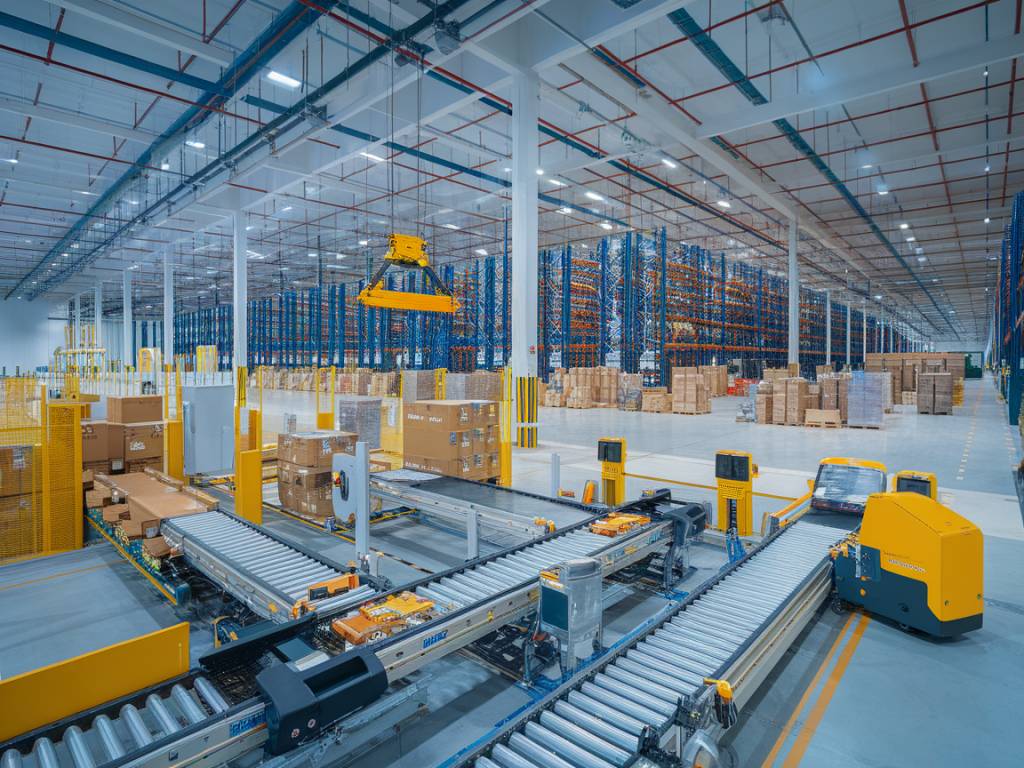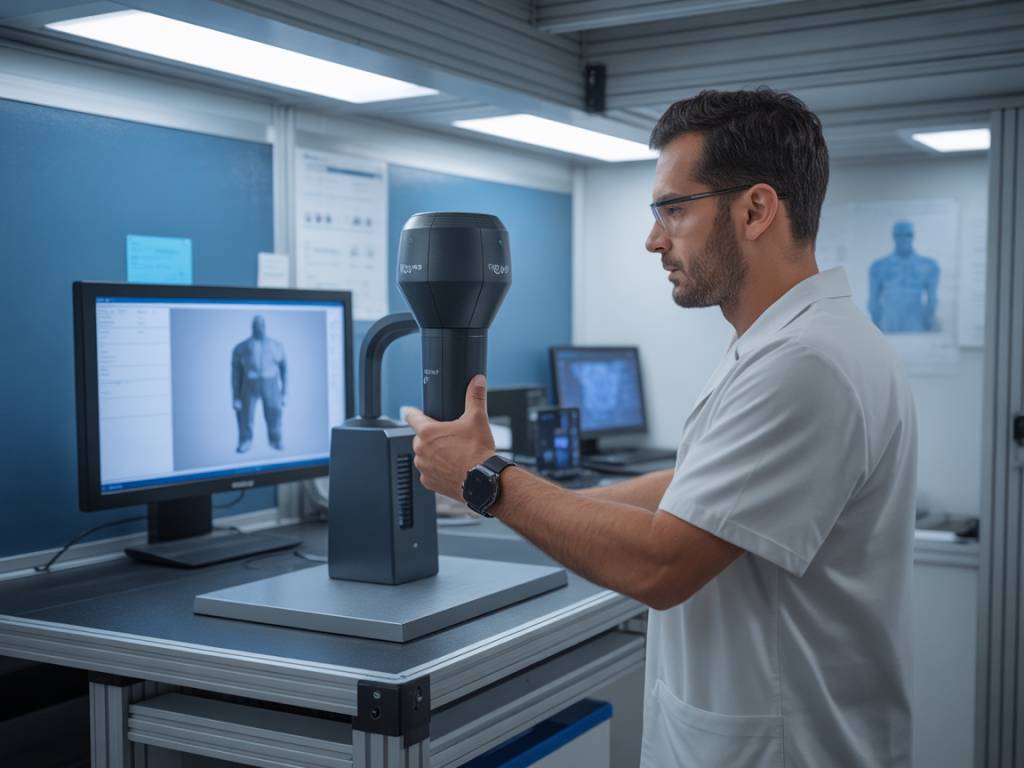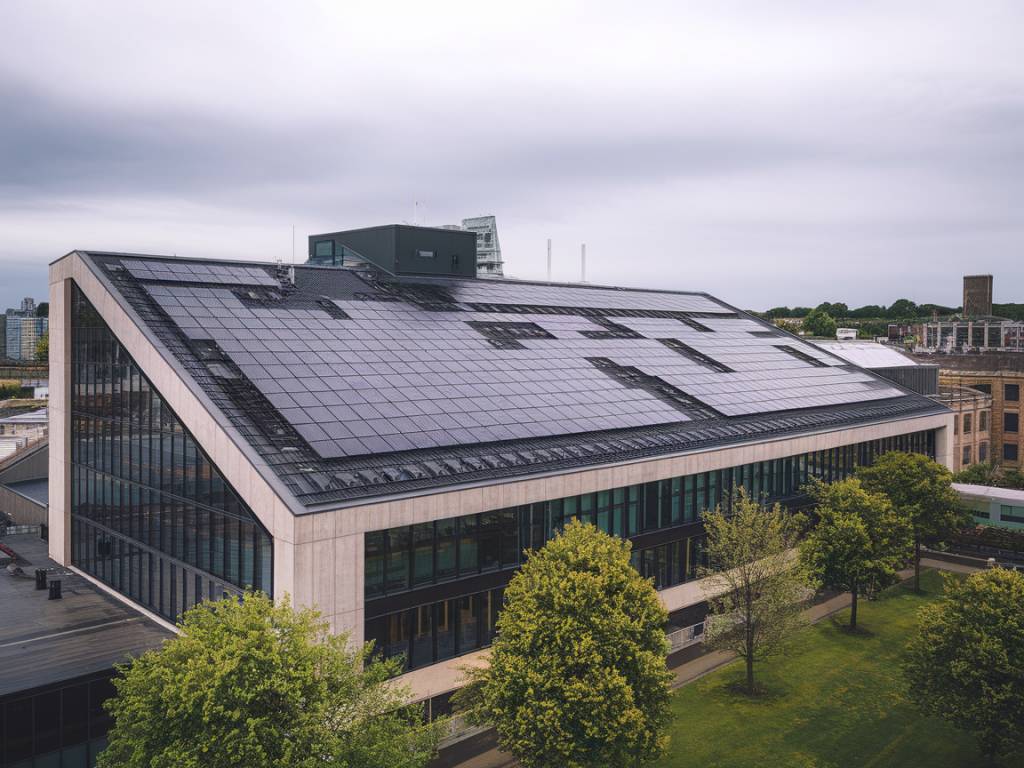Shifting Palettes and Crinkling Dilemmas: Where Food Meets Packaging
There’s something oddly poetic about the rustle of a crisp packet, the gentle pop of a yogurt lid, or the deliberate hiss of a vacuum-sealed bag opening. Small sounds we often ignore. Yet, in these trivial moments lies a microcosm of one of the greatest industrial junctions of our time — the entangled web of food and packaging. An ecosystem where necessity flirts with innovation, and where sustainability is no longer a whisper but a roar echoing through warehouse walls, boardroom meetings, and consumer consciousness.
This synergy between feeding the world and doing so responsibly has never been more scrutinised. Drenched in urgency, the sector today is defined by profound contradictions — abundance and scarcity, convenience and waste, innovation and tradition. It’s a tightrope walk through a supermarket aisle, really. And isn’t that what defines business today? Balance. Imperfect, evolving balance.
The Cost of Convenience: A Plastic Predicament
Consider a simple lunchtime ritual. A sandwich, neatly tucked in a triangle-shaped plastic box, perhaps accompanied by a salad sealed in PET, a smoothie in a tall plastic bottle. All disposable. All momentary. All destined for a bin five feet from the checkout. Global estimates suggest over 300 million tons of plastic waste are produced each year, with the food industry being one of its largest contributors.
But here’s the kicker — much of that plastic was designed to preserve life. Shelf life. Safety. Hygiene. It’s not a tale of villains, but of legacy systems trying to grow new skin. Still, this plastic dependency has become a symbol of our cognitive dissonance. We desire sustainability, yet demand durability. We loathe waste, but crave convenience.
The challenge, then, is not to eliminate packaging outright — but to rethink it entirely. And some are listening. Quietly, deliberately, and sometimes dramatically.
Innovation Serving on a Bio-Platter
Like leaves whispering in the afternoon breeze, biodegradable solutions are rustling across the sector. Innovations in bio-based materials are gaining ground: seaweed packaging, edible films made from potato starch, mushroom-based packaging that decomposes like autumn leaves. The future is smelling faintly of compost — and that’s a good thing.
Take Notpla, for instance. A London-based start-up whose edible water pods, made from brown seaweed, fleetingly held hydration before being gulped down by runners at the 2019 London Marathon. Whisper-thin, alien-looking spheres that made plastic bottles obsolete — for 6 seconds, but still.
Likewise, Italian innovators are crafting bioplastics from cheese whey, a by-product of the dairy industry that once seemed destined solely for animal feed. From waste to wrap — quite literally. It’s not just innovation; it’s redemption.
The Ghost in the Machine: Automation and Its Double-Edged Blade
In the yogic quietude of processing plants, robots zip back and forth, arms whirring, sensors blinking like stars in an industrial night sky. Automation has revolutionised packaging — reducing error, cost, and contamination. Smart factories with AI-driven logistics systems know precisely where each tomato travels, how long it breathes, and when it must go.
Yet, as efficient as these metallic conductors are, they raise fundamental questions. Where does the human story fit in a machine-fed narrative? Traditional craftsmanship, once the soul of food preparation, is being redefined — and sometimes effaced — by the algorithm’s cold logic. We must question which efficiencies we embrace, and which memories we’re willing to trade for shelf stability.
Sustainability Is in the SKU
Sustainable packaging isn’t always sexy. It often comes in muted tones, matte surfaces, and unbleached fiberboard. It’s less Instagrammable, perhaps, but far more impactful. More and more brands now realise that their packaging is part of their DNA — an unspoken dialogue with consumers who are not just eating, but choosing values. Conscious capitalism is in full swing, and companies that ignore it do so at their peril.
Some firms are turning to minimalist design — less ink, fewer adhesives, better recyclability. Others are embracing the ancient Japanese concept of Mottainai, an ethos capturing regret over waste and the sacredness of resources. High-concept packaging is making a quiet exit; function over form is stepping into the spotlight.
- Loop: Offering products in reusable containers that are picked up, cleaned, and refilled — like the glass milk bottles of yesteryear, reborn in a digital economy.
- JUST Egg: Using a sleek, streamlined bottle made of sugarcane-based plastic, their packaging whispers of design excellence without shouting waste.
- Algramo: A Chilean company helping reduce packaging waste by allowing users to refill food products in smart vending machines using mobile payment systems.
These aren’t gimmicks. They are statements — encoded into grooves of corrugated board and smooth biopolymer textures.
The City as a Table: Urban Innovations in Food Logistics
In the rhythmic chaos of modern cities, the food and packaging industry is learning new steps to an old dance. With land scarce and supply chains tightening under climate pressure, urban farming and hyper-local production are becoming more than environmental theatre—they’re economic necessity.
Vertical farms nestled in former car parks, rooftop gardens overlooking buzzing office districts, fully-automated hydroponic greenhouses — all generating not just produce, but potential. But what do you pack lettuce in when it’s harvested five minutes from the consumer’s plate? Suddenly, packaging becomes contextual, not just functional.
The circular economy demands local answers. That won’t come from shipping avocados in Styrofoam nests over 8000 miles. It will come from community-owned co-operatives, shared delivery infrastructure, and packages designed like stories — once opened, they reveal a past you want to be part of.
What’s at Stake? More Than Just Profits
Imagine opening a box that somehow smells of responsibility. That’s where we’re heading. Food and packaging are not separate industries anymore; they are conjoined realms of intimate choices that trip into behavioral science, cultural memory, and socio-economic context. It’s no longer just about how food is kept, but about what keeps us human.
It asks of us: Can innovation truly be innovative if it forgets accessibility? Can we call it progress if it excludes local artisans, marginal communities, or underinformed consumers? The conversation now stretches beyond biopolymers and smart crates — it stretches into ethics, into legacy, into what kind of footprint we wish to leave on this spinning dining table we call Earth.
Perhaps the most sincere innovations are not the loudest, nor the most expensive. They are often quiet shifts — like using less glue, removing unnecessary lids, eliminating the transparent window that makes your sandwich look “fresh.”
They ask us to look beyond the convenience and into the consequence. Because every choice — every spoon, every wrapper, every label — writes a small chapter in the much larger story we have yet to complete.
And as the food and packaging industry finds itself at this crossroads, hovering between what it was and what it must become, there’s a peculiar sort of hope. It glows like a vending machine at midnight — humming softly, waiting patiently to be used better.




